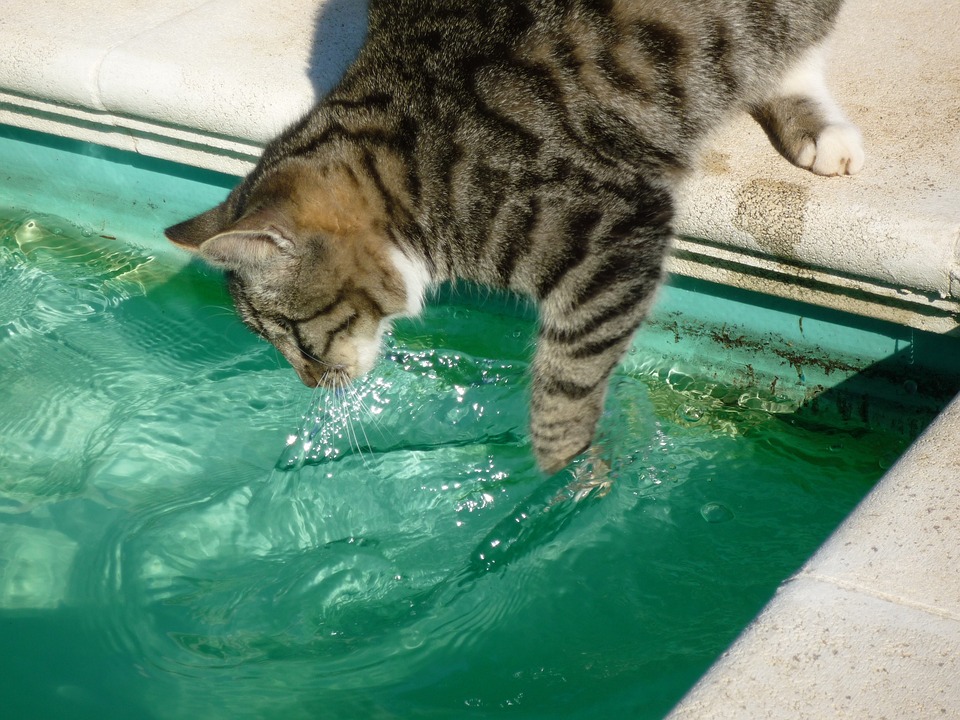So, if you’re ready to dive into the intriguing behavior of fish in tank environments, let’s explore the social interactions, feeding habits, and communication methods of these captivating creatures.
Fish, despite their seemingly solitary existence, engage in various social interactions within the confines of a tank. Understanding their social behavior is key to creating a harmonious aquarium environment. One aspect of their social behavior is the establishment of pecking orders among fish species. Just like in a hierarchy, dominant fish establish their rank and assert their authority through dominance displays and aggression in territorial disputes.
Another fascinating aspect of fish behavior is their tendency to form shoals or schools. Fish benefit from forming shoals or schools as it provides safety in numbers, making it harder for predators to single out individual fish. The coordination and synchrony exhibited in schooling behavior are truly remarkable to observe.
Courtship and reproduction are also intriguing behaviors among fish. Different species of fish have intricate courtship rituals and displays that they use to attract mates. Understanding the role of male and female fish in the reproductive process is essential for successful breeding in a tank environment.
Moving on to feeding habits, fish exhibit a wide range of dietary preferences depending on their species and natural diet. Understanding their feeding behavior is crucial for providing appropriate nutrition in a tank environment. Carnivorous fish, for example, have specific characteristics and hunting techniques they use to catch their prey. Herbivorous fish, on the other hand, have adaptations and features that allow them to thrive on a plant-based diet. Omnivorous fish have versatile diets and require a balance of plant and animal matter for optimal nutrition.
While fish may not communicate in the same way humans do, they possess unique communication methods that allow them to interact with each other and their environment. Visual communication is one such method, with fish using vibrant colors and patterns as visual signals. Fish also display specific behaviors for courtship, aggression, and territorial claims. Chemical communication, through the use of pheromones and chemical cues, is another way fish communicate socially. Fish also use chemical signals related to reproduction and territorial marking. Additionally, fish can use acoustic communication, producing and perceiving sounds for various purposes, including courtship and territorial defense.
Now, let’s address some frequently asked questions about fish behavior. Can fish recognize their owners? While fish may not recognize their owners in the same way a dog or cat would, they can learn to associate humans with food and respond to their presence. How do fish sleep? Fish do not sleep in the same way humans do, but they enter a resting state where their activity level decreases, and their metabolism slows down. Why do some fish build nests? Building nests is a behavior primarily observed in certain species of fish during the breeding season. Nests serve as a safe space for eggs and protect them from predators. Do fish feel pain? The ability of fish to experience pain is still a topic of debate among scientists. While fish lack the same pain receptors as humans, they do exhibit behaviors indicating responses to potentially harmful stimuli. How do fish communicate with each other in murky water? Fish have evolved various communication methods, including chemical signals and vibrations, which allow them to communicate effectively even in low visibility conditions.
In conclusion, exploring the behavior of fish in tank environments offers us a glimpse into their fascinating world. Understanding their social interactions, feeding habits, and communication methods not only enriches our experience as aquarium enthusiasts but also ensures the well-being of these captivating creatures. By providing a suitable environment that mimics their natural habitat, we can witness the beauty and complexity of fish behavior firsthand. So, next time you find yourself mesmerized by the fish in your tank, take a moment to appreciate the intriguing behaviors they exhibit.









